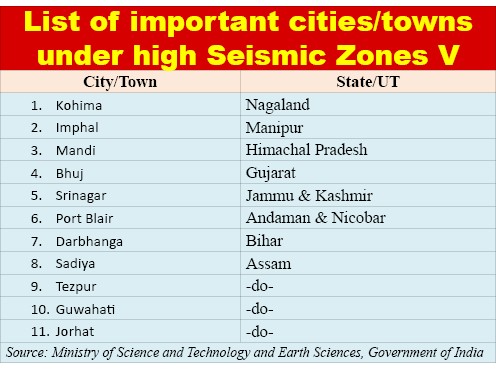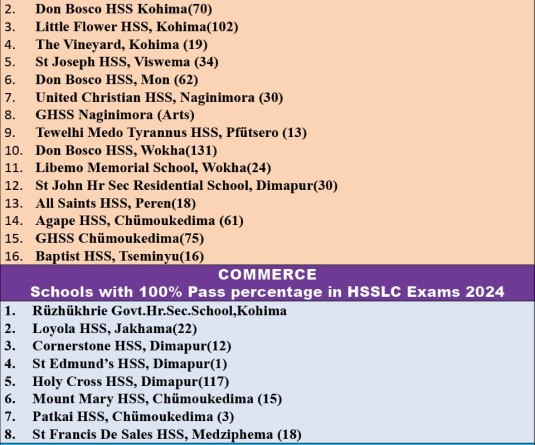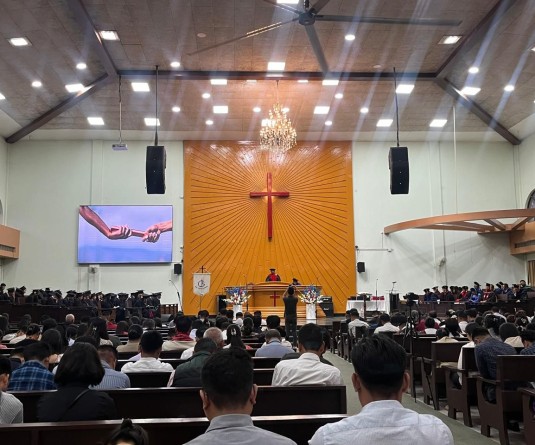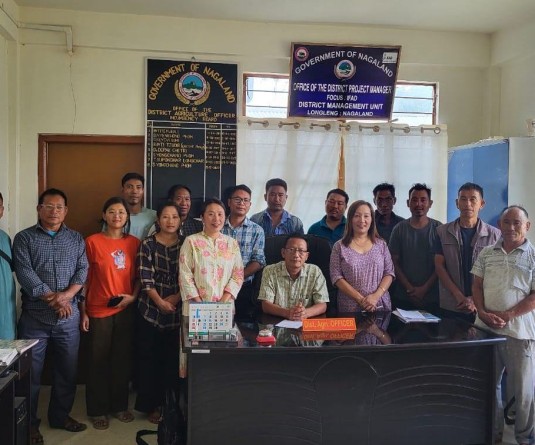
Morung Express News
Dimapur | July 31
Nagaland capital Kohima is among the among 11 cities or towns in India falling under the most active region of earthquake -Zone V of the seismic map, the Lok Sabha was informed on July 30.
Of the 11 locations across the country, six were in the North East including 4 in Assam –Sadiya, Tezpur, Guwahati and Jorhat, and one each in Nagaland (Kohima) and Manipur (Imphal), highlighted the data provided by the Minister Of State (Independent Charge) for Ministry of Science and Technology and Earth Sciences Dr Jitendra Singh in a written reply in the Lower House of the Parliament.
Another 28 cities or town fall under Seismic Zone IV, he informed, adding that, “Zone V is seismically the most active region, while Zone II is the least.”
Among others, the Ministry was queried on whether the Government has done a seismic mapping of all the States and Union Territories (UTs) of the country as well as name of cities that fall under the high seismic zones of IV and V.
In his reply, the Minister said that seismic mapping of all the States and UTs has been done and as per the zonal mapping, the total area of the country is classified into four seismic zones.
“Considering the recorded history of earthquakes in the country, a total of 59% of the land mass of India (covering all states of India) is prone to earthquakes of different intensities,” he informed.
Of this, approximately, 11% area of the country falls in Zone V; 18% in Zone IV, 30% in Zone III and remaining in zone II, Dr Singh added.
Monitoring of earthquakes
Meanwhile, the Minister informed that the National Centre for Seismology under Ministry of Earth Sciences is the nodal agency of Government of India (Gol), for monitoring earthquakes in and around the country.
For this purpose, NCS maintains a National Seismological Network (NSN) consisting of 115 observatories spread across the country. The information of earthquakes reported by NCS is being disseminated to the concerned central and state disaster authorities in least possible time to initiate the adequate mitigation measures, he said.
Seismic Microzonation of cities in India having population of 5 lakh and above is also considered with the objective of generating inputs for constructing earthquake risk resilient buildings/structures to reduce and mitigate the impacts of earthquake, he added.
Additionally, National Disaster Management Authority (NDMA) of India is engaged with conducting regular awareness campaigns every year through print, electronic as well as social media from time to time to sensitize programs on prevention and preparedness for building safety from earthquakes, the Minister said.
Dr Singh further said that the union government is poised to “follow guidelines by the Bureau of Indian Standards (BIS), Building Materials & Technology Promotion Council (BMTPC) and Housing and Urban Development Corporation (HUDCO) etc. for design and construction of earthquake risk resistant structures to minimize the loss of life and damage to property caused by earthquakes.
These guidelines are in wide circulation amongst the public and the administrative authorities responsible for the design and construction of earthquake resistant structures in earthquake prone areas, he added in the reply.





